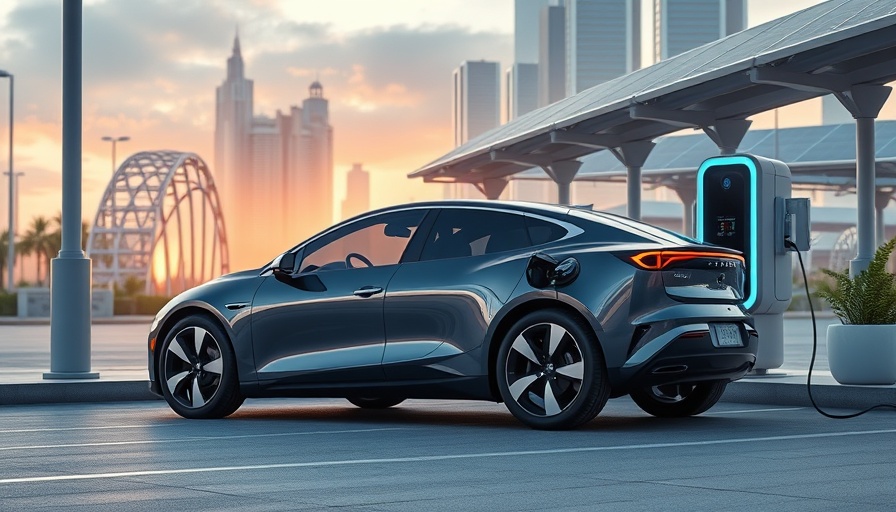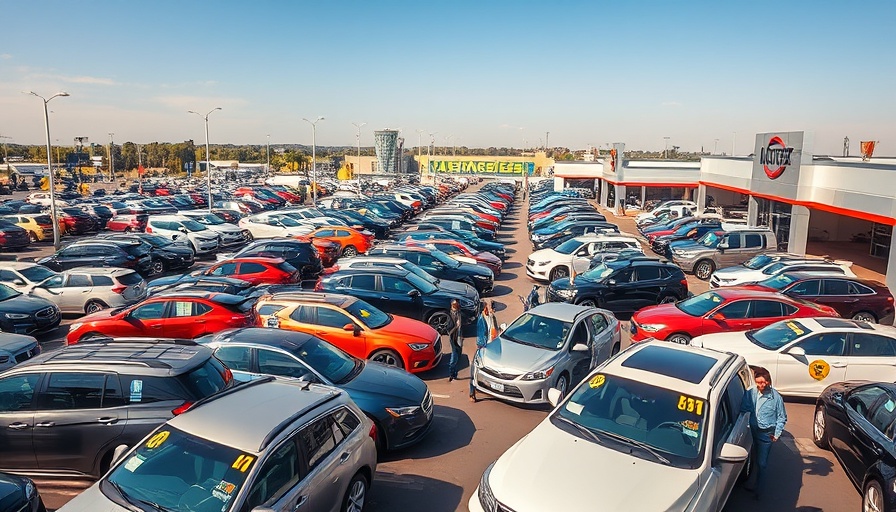
Decarbonization: The Power Behind Transport Electrification
In recent years, vehicle electrification has accelerated as a response to stringent regulations aimed at reducing carbon emissions. According to a report by IDTechEx, global sales of electric vehicles reached an astonishing 44.3 million in 2024, showcasing a significant commitment to a greener future. Cars and three-wheelers dominate this market, reflecting an increased demand for sustainable transportation solutions.
Soaring Battery Demand: A Key Indicator
Notably, lithium-ion battery demand has nearly doubled since 2021, hitting over 1000 GWh in 2024, with electric cars constituting more than 85% of that demand. Projections indicate that this figure could surpass 2000 GWh by 2027, indicating robust growth fueled by rising consumer adoption and regulatory pressures on emissions.
The Bright Future of Micromobility
Micromobility, encompassing electric bikes, scooters, and microcars, is set to multiply in sales—expected to increase by 2.5 times from 2023 to 2045. Their compact design and affordability make them particularly appealing in urban areas, where transportation options are limited.
Challenging Landscapes for Electric Commercial Vehicles
While the electric van market is projected to grow substantially, reaching over 11 million sales by 2045, challenges remain for electric trucks and buses. With infrastructure and duty cycle issues hindering truck sales, achieving the target of over half of truck sales being electric will require overcoming significant hurdles.
Regulatory Forces Driving Change
Tightening CO2 regulations serve as a powerful motivator for the shift towards electrification in transportation. The ultimate vision is a zero-emission landscape that reshapes how we think about travel and logistics. This evolution not only supports environmental goals but also encourages innovation in automotive technologies.
 Add Row
Add Row  Add
Add 




 Add Row
Add Row  Add
Add 

Write A Comment